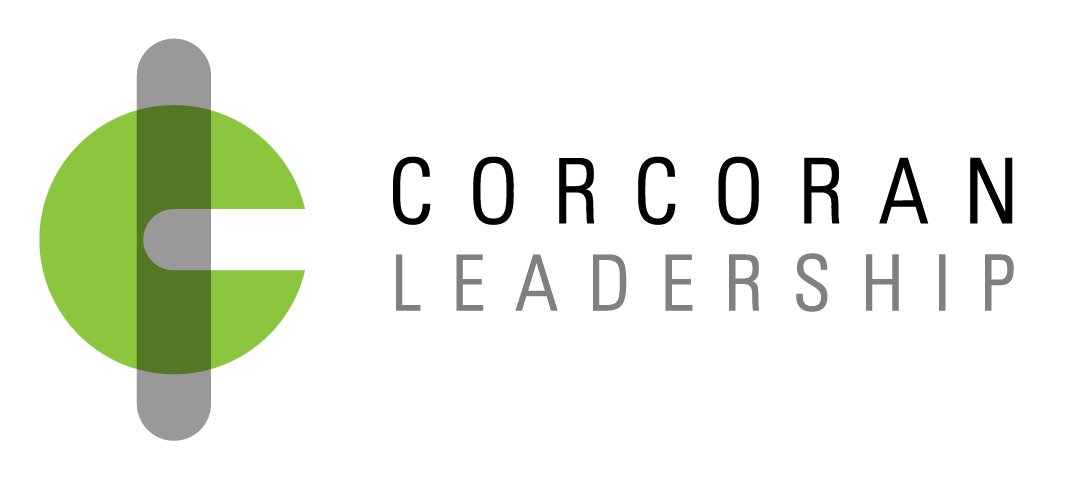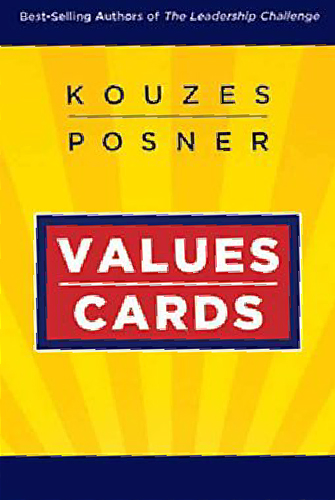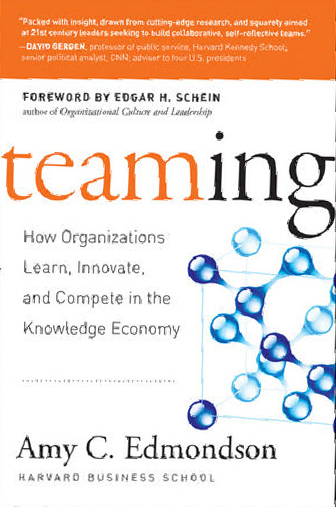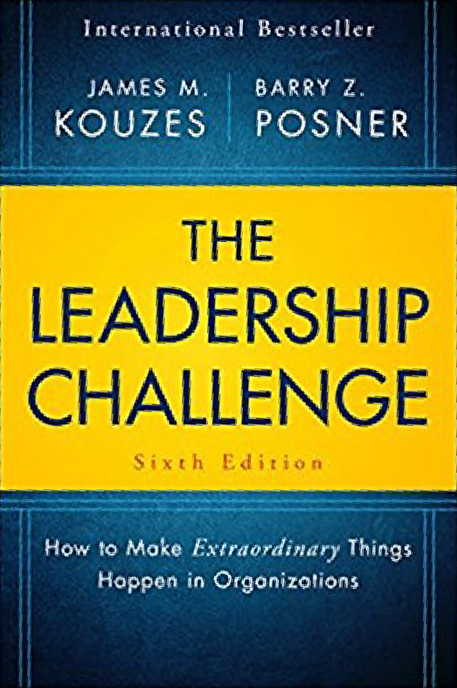Like many, I closely followed the Thai soccer team trapped in Tham Luang Cave. I have a 14-year-old soccer player and this story, while more than 7,000 miles away, felt close to home. The potential for tragedy was heart-sickening.
When it was announced that the boys and their heroic Navy SEAL rescuers were out of the cave, I felt such inspiration and gratitude. More than anything, I was awed by the leadership and teamwork of those who were called to help in a mission that by all accounts seemed impossible. The New York Times and Times of London each published detailed stories that demonstrate just how astonishing this rescue was.
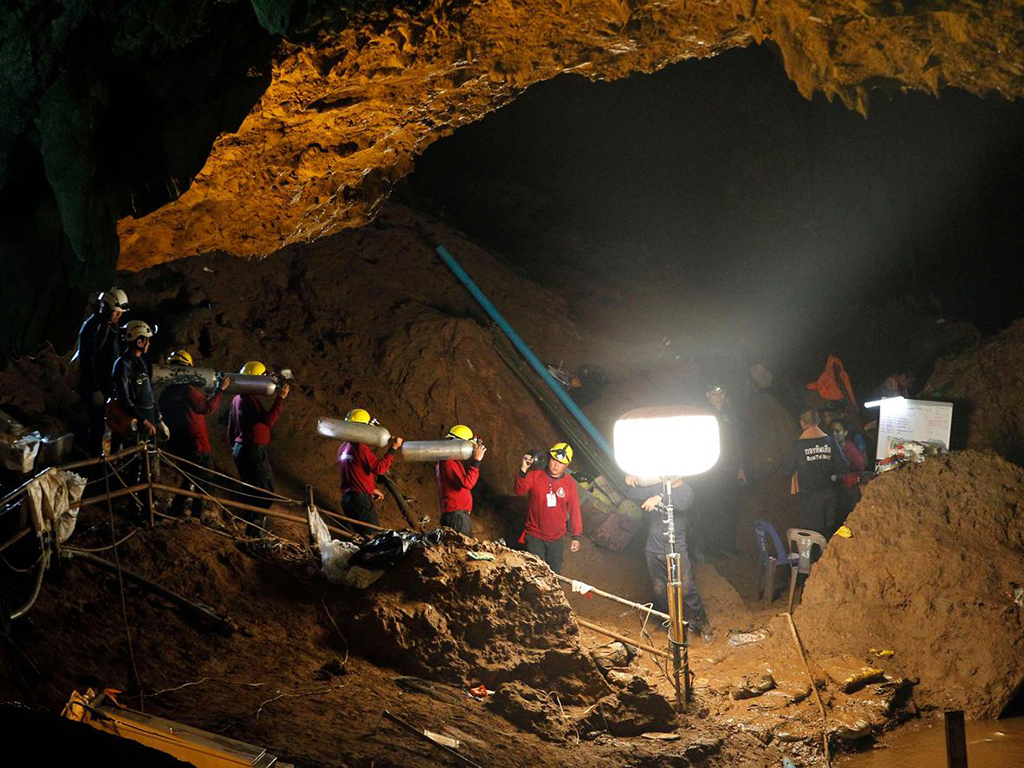
We’ve heard a great deal about the extraordinary people whose love of and expertise in cave diving made the miracle possible, but there were many others who came together and played a part. The New York Times reported that 10,000 people from around the world participated, including 2,000 soldiers, 200 divers and representatives from 100 government agencies.
Teamwork, Collaboration + Success out of Chaos
How was such collaboration possible from such chaos and complexity? How did a diverse team of experts work together to come to an answer better than any one of them could have come to alone? The leaders I work with may not face such life and death odds, but the questions are similar.
It’s been some weeks since the rescue, but I keep thinking about how it was accomplished against all odds. Three lessons from this beautiful story of heroic leadership continue to strike me and I want to share them along with some related resources to help you do extraordinary things.
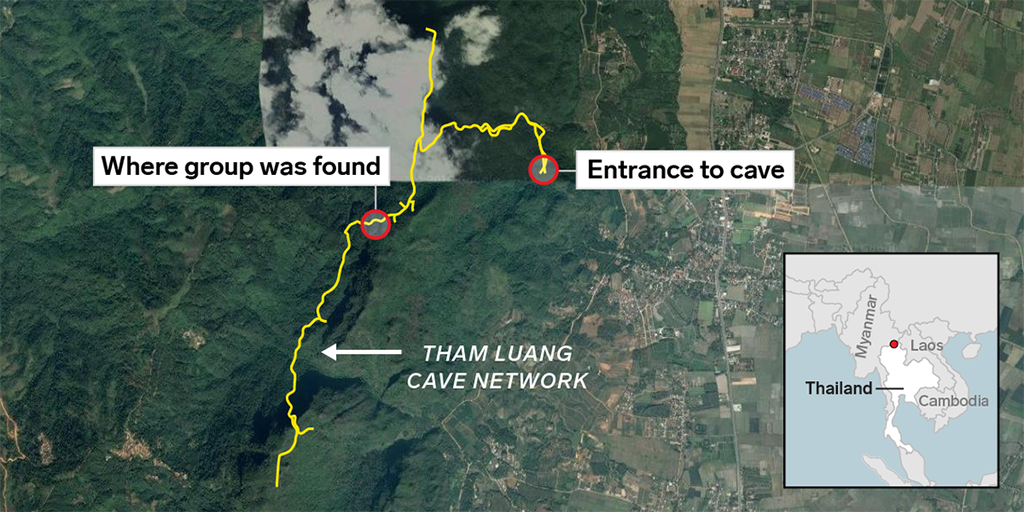
Lead with Values
Topline | The diverse people involved in the Thai cave rescue—from the international divers to the engineers who worked on draining the water to volunteers doing laundry—were united by values that called them to help. Values such as service, connection and supporting the wellbeing of others.
These values inspired them to rise above their own self-interest to make such a harrowing and complex rescue possible. They were very clear about why they were there.
Leadership Values Resource | People who lead from their own human-centered values are able to inspire and unite others to do astonishing things. The act of connecting with our values is an ongoing practice, a way of continuing to anchor us to who we really are, and it’s particularly helpful in challenging times.
Defining the values that inspire your behavior can bring depth and humanity to your leadership. What are the values that mean the most to you?
- Creativity?
- Loyalty?
- Learning?
- Family?
- Community?
How do these connect to the work you’re doing?
One of my favorite resources to help leaders clarify and connect more deeply with their values is The Leadership Challenge Values Cards.
Designed especially for leaders, these cards are a companion to The Leadership Challenge, one of the three must have leadership books that I often recommend.
Create a Structure that Encourages Collaboration
Topline | Leading teams across multiple boundaries like geography, culture, and function is messy and conflict-filled. Yet that’s exactly what is required for high stakes work, whether organizing a complex rescue, addressing global issues such as climate change or developing brand new technology. It matters how you structure your teams.
Teamwork Resource | One of the resources that I love to recommend to leaders is chapter six of Amy Edmondson’s Teaming: How Organizations Learn, Innovate and Compete in a Knowledge Economy. It recounts the effort to rescue 33 Chilean miners in 2010 which spanned 69 days and included the cooperation of three separate drilling rig teams, nearly every Chilean government ministry, NASA and a dozen corporations from around the world.
Edmondson describes the way these diverse groups worked together through clear agreements to make the impossible happen. She also outlines how leaders can apply this learning to their challenging work. It’s a great read, loaded with practical tools and suggestions.
Cultivate an Inner Calm
Topline | The young boys in the cave were taught meditation by their coach to help them stay calm. In moments of stress and challenge, our minds can either work for us or against us.
Many brilliant leaders I have worked with had patterns of blowing up in meetings and shutting others down. In the face of high stakes and tight timelines, they were often frustrated by what they saw to be ignorance, incompetence, fearfulness, or lack of integrity in their colleagues. While their frustration may have been legitimate, their emotional reactivity got in the way of their ability to bring out the best in others.
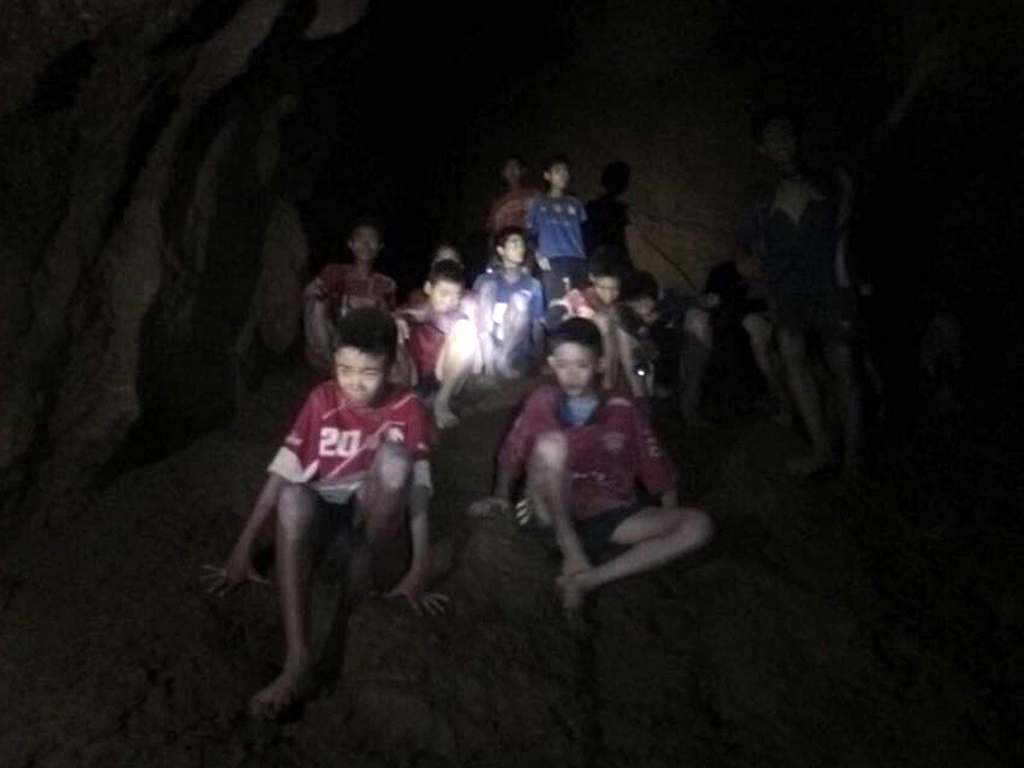
Leadership Presence Resource | RJ Jennings is a black belt in Aikido who has a wise and gentle presence that fills the room. I often bring him into an engagement when I have a client who wants to learn how to manage more effectively in chaos and conflict.
At its core, all the work of a leader—teamwork, collaboration, conflict etc.—is a physical experience, but many of us tend to ignore our bodies and focus on what’s going on in our heads. Learning to tap into the wisdom and power of the body can help you to navigate stress and challenge more skillfully.
RJ teaches a practice called Leadership Embodiment that brings Aikido off the mat and into practices to support leaders. It is a powerful way to work with your body to cultivate an inner calm in the midst of stress, conflict, and challenge. If you’re looking for a way to become more mindful and sitting on cushion either seems unappealing or hasn’t worked for you, this is an excellent choice.
Want to stay in the leadership loop?
I often share my most exciting leadership ideas, books and other resources that I use every day or that I discover in my work. If you’d like to get them delivered right into your email inbox, sign up by clicking the button below.
Ready to address your leadership challenge?
If you or someone on your team is struggling with a vexing leadership challenge, I can help! Take a look at my approach to leadership coaching or email me and we will set up a time to talk.
